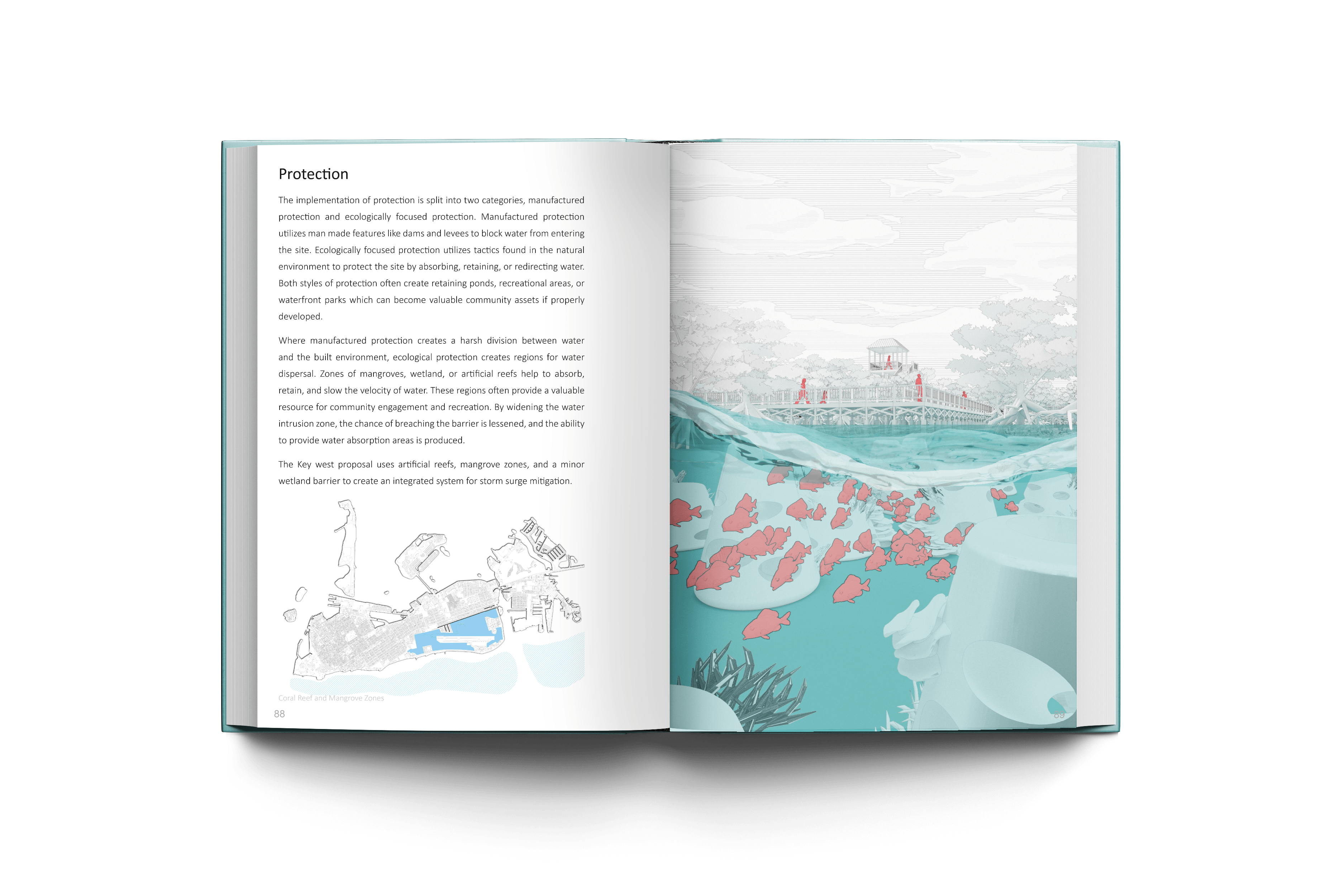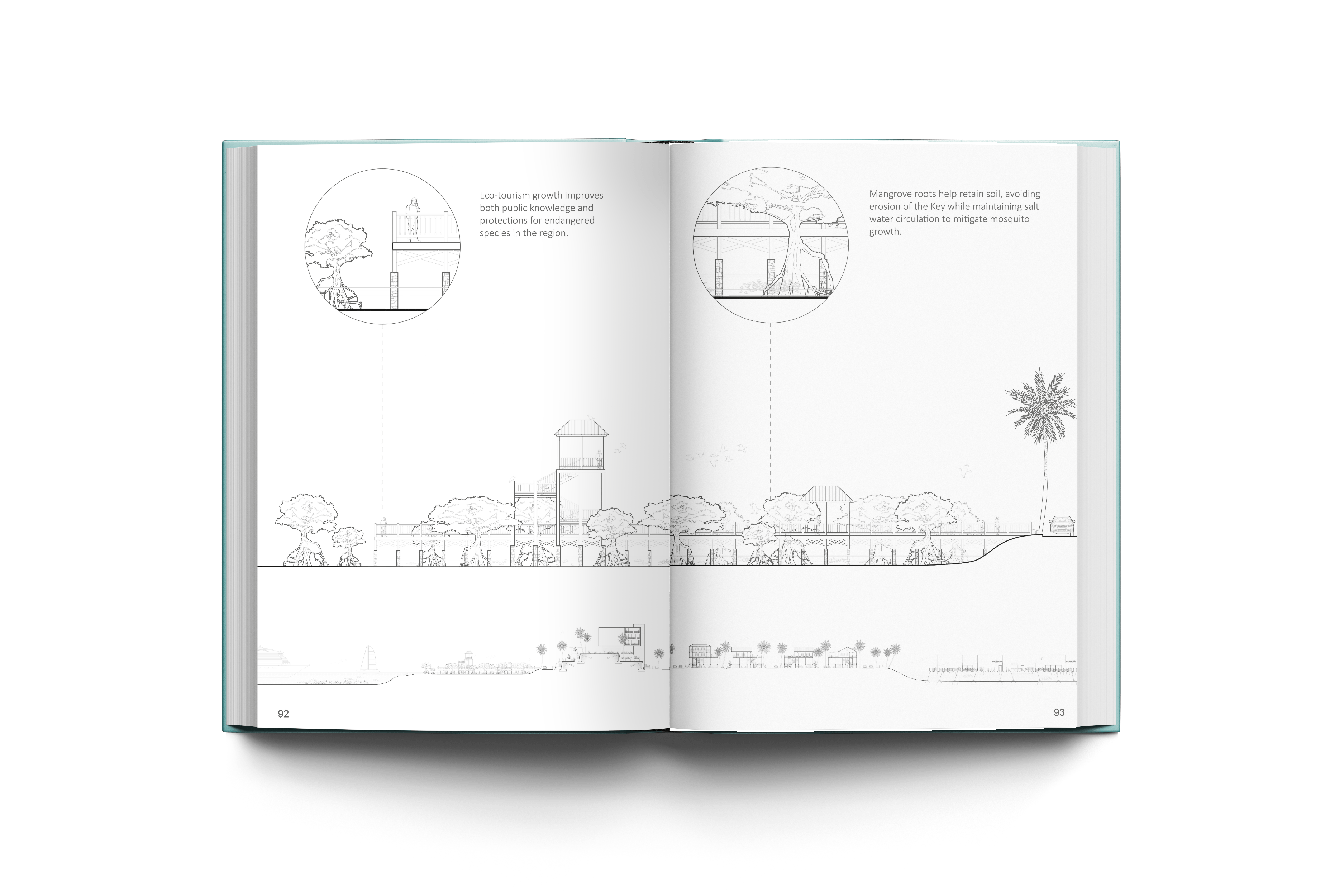Design professional in HOK’s Tampa studio has published three books in just the past year covering everything from architecture and history to a story of a space-flying whale.
Christine Sima is not one to sit idly. Since earning her master’s in architecture and joining HOK last year, Sima has been something of a publishing juggernaut. Her first book, St Kilda – A Photographic Guide to Island History and Development, came out in late 2022 and explores the fascinating history and architecture of the UK’s most remote territory.
Two more books have followed this year. Saving Key West: Architecture in the Flood Zone began as a grad school project at University of Cincinnati but developed into a full-fledged book when Sima continued researching the topic. Then there’s The First Starwhale. The children’s book published last month tells the story of a humpback whale that flies through space learning about planets and discovering that there’s no place like home.
Below, Sima discusses her passion for researching and writing and how it makes her a better designer.
What sparked your interest in writing?
Writing for me is just another way of packaging information, which is often what we do as designers. We’re telling the story of the building for the user, the owner, the contractor. Writing a book just allows a little more leeway into the types of drawings and photos you can include and the types of writing you can incorporate.

You both write your books and provide the illustrations and photos. When you are telling a story, do you first think in words or images?
I usually do storyboarding first. I get the big picture of everything, and then fill in pieces and parts of the story. I’ll have a good photo that I want to use here, and a good snippet of writing that I’ll fit in there. Eventually, the story fills itself out.
Your new book Saving Key West looks at four solutions for Florida’s at-risk southern island: evacuation, protection, adaption and adoption. What are these briefly, and which solution is best?
The four different solution categories are meant to help architects organize their ideas. More categories can be added as needed. The implementation of each solution depends on the specific location within Key West. Even though it is a tiny island, different areas of the island have different risks. For parts of Key West that are routinely flooded, evacuation may be the best—or only—solution. But in other locations, it might be better to adapt to the water, or to adopt water as the new condition. If I had to choose a best solution, I’d go with ecological protection, such as mangrove barriers and artificial reefs that can help dissipate storm waters.

The renderings and models in the book are compelling and big part of the storytelling. How did you make those images?
I created them in Rhino. Most of the images were made using block elements, which allowed me to quickly make modifications. Key West has a lot of similar housing type, so I was able to just change the massing and a few other details to represent different historical periods and building styles.
Your other recent book, The First Starwhale, is quite the fish tale in its imagining of an intergalactic flying whale. Where did you come up that idea?
I wanted to make something that would help teach kids about the planets in a storybook fantasy way that captures their attention. Like all my books, I hope the reader comes away learning something new and discovering different ways to look at something.
How does writing benefit you as a designer?
It helps me communicate with different audiences. When you’re writing for a child, you have to present information differently than you would communicating with a coworker or peer. In architecture, we often present ideas to people who don’t have the same background in design or construction as we do. It’s imperative that we convey those ideas in a way people understand.